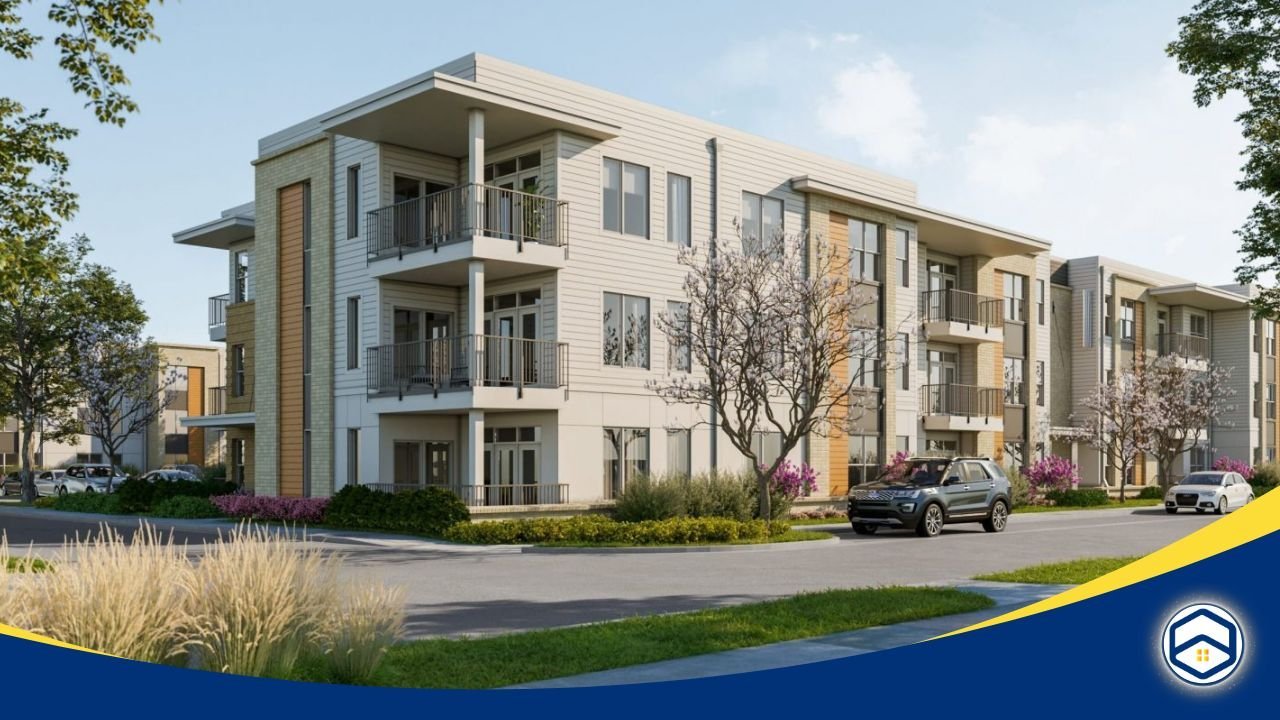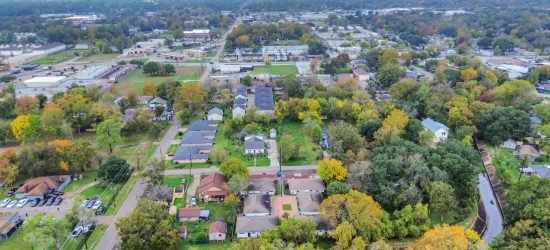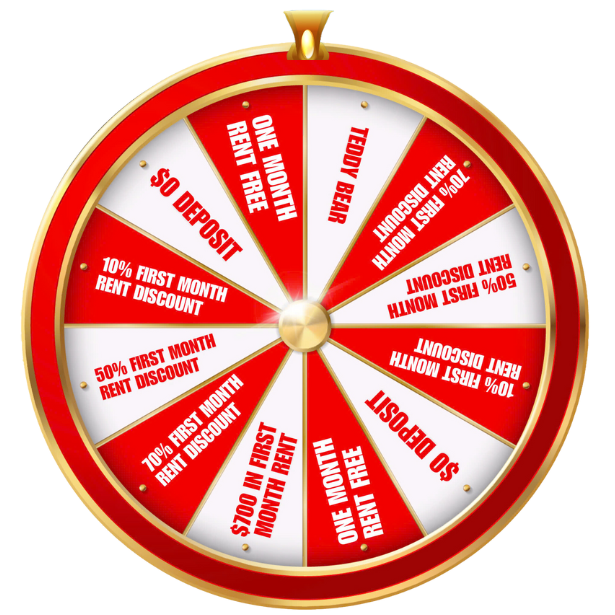Finding a walkable neighborhood can have a profound impact on your quality of life. Not only does it provide easy access to local amenities, but it also promotes a healthier, more active lifestyle. If you’re in the market for a new home or considering a change of scenery, understanding how to spot a walkable neighborhood is essential. This guide will explore key factors that make a neighborhood walkable, including safety, accessibility, amenities, and more.
What is a Walkable Neighborhood?

A crucial part of learning how to spot a walkable neighborhood is understanding what makes a community conducive to walking and other forms of non-motorized transportation. Walkable neighborhoods typically feature a mix of residential and commercial properties, well-maintained sidewalks, pedestrian-friendly crossings, and proximity to essential amenities like schools, parks, shops, and public transportation. These neighborhoods not only reduce the need for cars but also contribute to a sense of community and well-being.
Why Choose a Walkable Neighborhood?

Why choose a walkable neighborhood? If you’re interested in how to spot a walkable neighborhood, you should know that it can bring a host of benefits to your life. These neighborhoods are designed with pedestrians in mind, creating a community where walking is not only possible but enjoyable. Here are some reasons why walkable neighborhoods are becoming increasingly popular:
- Healthier Lifestyle: One of the key reasons people seek out walkable neighborhoods is the health benefits. Walking is a great form of exercise that can promote cardiovascular health, reduce stress, and boost overall fitness. By choosing a neighborhood where you can walk to shops, parks, and other amenities, you can naturally incorporate more physical activity into your daily routine.
- Environmental Impact: Walkable neighborhoods play a significant role in reducing our reliance on cars. When you can walk to most destinations, you burn fewer fossil fuels, leading to lower carbon emissions and a smaller environmental footprint. This is crucial for those concerned about sustainability and climate change.
- Community Interaction: If you’re curious about how to spot a walkable neighborhood, look for places where there’s a vibrant sense of community. Walkable neighborhoods often encourage social interaction, whether it’s meeting neighbors on the street or participating in local events. This fosters a sense of connection and belonging that can be hard to find in car-centric areas.
- Economic Benefits: Walkable neighborhoods also offer economic advantages. When you live close to shops, restaurants, and other services, you save on transportation costs. Additionally, supporting local businesses contributes to the community’s economic growth, which in turn can lead to more amenities and job opportunities in the area.
These benefits underscore why learning how to spot a walkable neighborhood is valuable. By understanding the factors that contribute to walkability, you can choose a neighborhood that aligns with your health, environmental, social, and economic goals. Ultimately, a walkable neighborhood can enhance your quality of life in ways that go beyond just having a pleasant place to walk.
Key Characteristics of a Walkable Neighborhood

When exploring how to spot a walkable neighborhood, it’s essential to evaluate several key characteristics. A truly walkable neighborhood is designed to support and encourage pedestrian activity, offering safe, accessible, and enjoyable environments for walking. Here’s a detailed breakdown of the factors to consider:
1. Sidewalk Infrastructure
Sidewalks are a cornerstone of walkable neighborhoods. To ensure a community is pedestrian-friendly, check the quality and layout of sidewalks. Look for wide, well-maintained paths that can accommodate pedestrians, strollers, and wheelchairs. Consistent, even surfaces without cracks or obstructions are crucial for safety and accessibility. Additionally, curb cuts at intersections and driveways should be smooth and accommodating for those with mobility challenges.
2. Pedestrian Crossings

Safe pedestrian crossings are a must-have in walkable neighborhoods. When assessing how to spot a walkable neighborhood, pay close attention to crosswalks, traffic lights, and other pedestrian-friendly features. Ideal crosswalks are well-marked, preferably with bright colors or patterns that make them easily visible to drivers. Additionally, look for pedestrian signals with adequate crossing time and traffic-calming measures like speed bumps, roundabouts, or pedestrian islands, all of which reduce the risk of accidents and encourage safe walking.
3. Proximity to Amenities
A significant aspect of walkability is having essential amenities within walking distance. As you evaluate a neighborhood, consider whether you can reach grocery stores, schools, parks, medical facilities, and entertainment venues without a car. A walkable neighborhood should allow you to accomplish most daily tasks on foot. This proximity not only reduces car dependency but also encourages a more active and connected lifestyle.
4. Public Transportation Options
Even in a walkable neighborhood, public transportation is essential. To determine how to spot a walkable neighborhood, examine the availability of buses, trains, or trams. Convenient public transit enhances walkability by providing connections to other parts of the city, allowing residents to travel further without relying solely on personal vehicles. Check the frequency and reliability of these services to ensure they meet your needs.
5. Community Spaces and Parks
Community spaces and parks add to the appeal of a walkable neighborhood. These areas offer places for people to gather, relax, and enjoy outdoor activities, fostering a sense of community. When looking for a walkable neighborhood, see if there are well-maintained parks, playgrounds, or community centers nearby. Such spaces not only promote social interaction but also encourage residents to walk more, contributing to a healthier lifestyle.
6. Safety and Security
Safety is a critical factor in walkable neighborhoods. To understand how to spot a walkable neighborhood that is safe, examine crime rates, street lighting, and the presence of neighborhood watch programs. Adequate lighting ensures that walking at night is safe, while low crime rates indicate a secure environment. A safe neighborhood promotes walking, as residents feel more comfortable exploring their surroundings at any time of day.
7. Mixed-Use Development
Mixed-use development is a hallmark of walkable neighborhoods and a key factor in determining how to spot a walkable neighborhood. This concept involves integrating residential, commercial, and office spaces, creating a dynamic environment where people can live, work, and shop in close proximity. When assessing a neighborhood, look for mixed-use areas that encourage walking to work, dining, or shopping. This setup reduces the need for long commutes and supports local businesses, contributing to a vibrant and sustainable community.
8. Streetscape Design
The overall design of streets and public spaces significantly impacts walkability. If you’re exploring how to spot a walkable neighborhood, look for places with tree-lined streets, attractive architecture, and public art installations. These elements create a visually pleasing environment that encourages walking and fosters a sense of community pride. Streets with ample greenery, benches, and engaging public spaces tend to attract more foot traffic, enhancing the neighborhood’s walkability.
By considering these key characteristics, you’ll have a comprehensive approach to how to spot a walkable neighborhood that aligns with your lifestyle and values. Whether you’re looking for safety, convenience, or a strong sense of community, these factors will guide you in finding a neighborhood that offers all the benefits of walkability.
Tips for Evaluating a Neighborhood’s Walkability

If you’re exploring how to spot a walkable neighborhood, use these tips to evaluate a potential location:
- Take a Walk: The best way to assess walkability is to take a walk around the neighborhood. Observe the quality of sidewalks, crosswalks, and general traffic conditions.
- Visit at Different Times: Visit the neighborhood at different times of day and week to understand how it functions. This will give you a sense of safety, noise levels, and overall activity.
- Talk to Locals: Engage with residents and ask about their experiences. They can provide insights into the neighborhood’s walkability and community atmosphere.
- Check Public Transit Connections: Explore public transportation options to ensure they meet your needs. Consider proximity to bus stops, train stations, and other transit hubs.
- Research Local Amenities: Look for nearby grocery stores, schools, healthcare facilities, and recreational spaces. Consider how convenient it is to reach these places on foot.
Conclusion
Understanding how to spot a walkable neighborhood is an important step in finding a community that aligns with your lifestyle and values. By focusing on key factors like sidewalk infrastructure, pedestrian crossings, proximity to amenities, and public transportation options, you can identify neighborhoods that promote a healthier, more connected way of life. Take the time to explore potential neighborhoods, engage with locals, and research essential amenities to ensure your new community is both walkable and welcoming.











